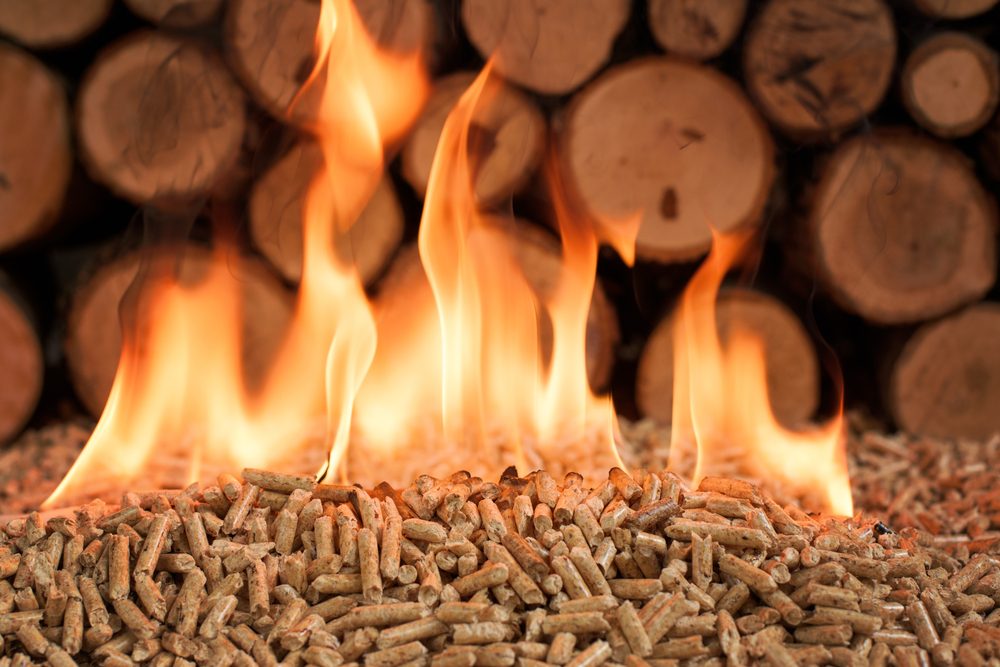Wood pellet heating is experiencing significant growth in modern households, touted as an ecological and economical alternative to fossil fuels. However, behind this virtuous image lies an often-overlooked reality: the issue of fine dust emitted by pellets.
This less appealing aspect of pellet heating deserves our attention, as it can have significant repercussions on our quality of life and health.
Why is the pellet dust a problem?
Daily handling of wood pellets generates a considerable amount of fine particles. These compressed wood dust particles form during transport, storage, and when pouring pellets into the stove’s reservoir. The friction between the pellets causes them to gradually break down, releasing microscopic particles into the ambient air. This dust, invisible to the naked eye, can easily disperse throughout the house.
The composition of the pellets exacerbates this situation. Made from compressed wood shavings, they sometimes contain binders and residues that, when turned into dust, can pose risks to respiratory health.
Suspended particles in the air can reach the deepest parts of our lungs, particularly during the regular handling required to feed the stove.
Inhalation risks: more than a simple discomfort
Regular inhalation of pellet dust can cause immediate reactions such as irritation of the respiratory tract, eyes, and throat.
Sensitive or allergic individuals often experience the initial symptoms: sneezing, dry cough, itching. Chronic respiratory disorders can gradually develop in regular users who fail to take necessary precautions.
The microscopic size of these particles is a compounding factor. The finest among them, measuring less than 2.5 microns in diameter, penetrate deeply into the respiratory system.
This repeated exposure can trigger or worsen pre-existing respiratory conditions, especially in the elderly, children, and individuals suffering from asthma or chronic bronchitis.
How to limit exposure to pellet dust?
1. Sieve the pellets before use
Sifting is an essential preventive step. This simple operation removes most fine particles and residues before loading the stove.
Using a sieve designed for pellets effectively eliminates dust and debris formed during transport and storage. This practice significantly reduces the amount of dust released during filling.
2. Regularly maintain the stove
Meticulous maintenance of the pellet stove is crucial to minimize dust production. Regularly cleaning the burn pot, heat exchangers, and flue gas exit pathways limits residue accumulation.
Regular preventive maintenance ensures not only better energy efficiency but also reduces the dispersion of particles in the indoor air.
3. Ventilation and air purification
Installing an effective ventilation system is vital in a home equipped with a pellet stove. Constant air renewal helps to eliminate suspended particles.
Adding an air purifier with a HEPA filter effectively captures even the tiniest dust, significantly improving indoor air quality.
4. Check the storage of pellets
The conditions under which pellets are stored directly affect dust production. A dry, well-ventilated location that protects from the elements helps to prevent pellet degradation.
Properly storing the pellets in airtight containers reduces their friability and the dust formation during handling.
Pellet stoves, a comfort that requires vigilance
Using a pellet stove necessitates a responsible and preventive approach. Implementing secure handling protocols is essential to fully enjoy the benefits of this heating method. Wearing a proper mask during filling, rigorously applying maintenance measures, and regularly monitoring indoor air quality are crucial practices.
Manufacturers are continually developing technical solutions to reduce dust production. New stove models incorporate more effective filtration systems and loading mechanisms that limit particle dispersion.
The evolution of pellet manufacturing standards is also moving towards better product cohesion, thereby reducing their tendency to produce dust.
Have you ever encountered dust problems with your pellet stove? Share your experience and solutions in the comments. What measures have you taken to protect your health? Perhaps you have found particular tricks to limit dust dispersion during filling? Your testimonials can help other users better manage this issue.

